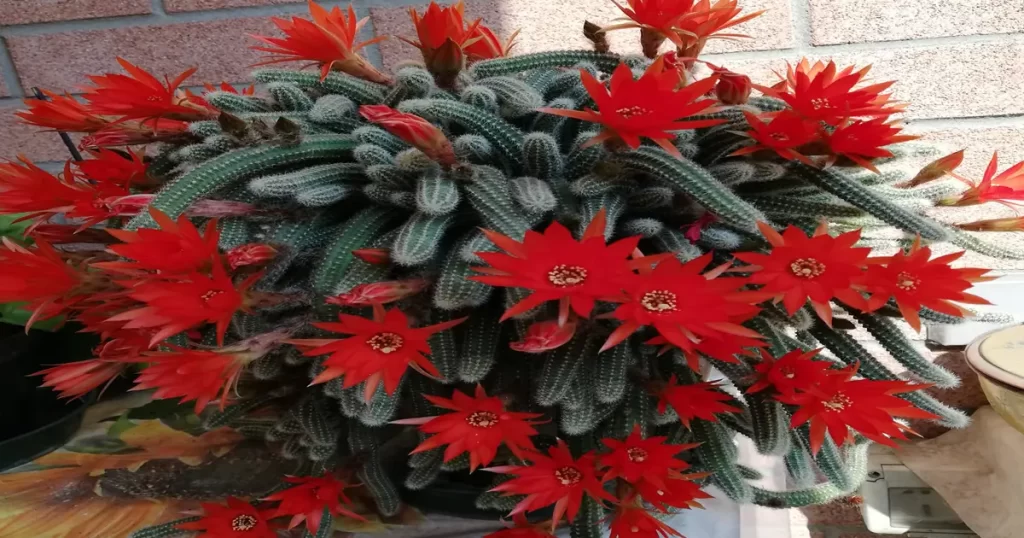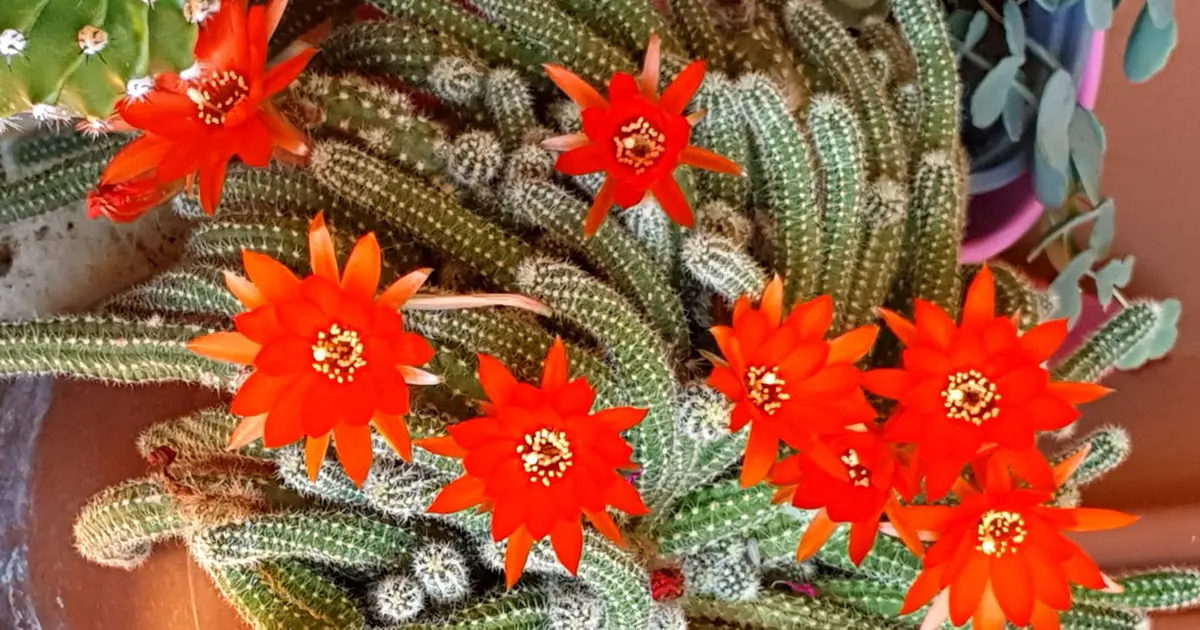The Peanut Cactus, scientifically known as Chamaecereus silvestrii, is a succulent plant cherished for its ease of care and striking flowers. Native to the mountainous regions of Argentina, the Peanut Cactus is ideal for those looking to add a touch of greenery to their home or garden without extensive maintenance.
Plant Description
The Peanut Cactus is distinguished by its small, cylindrical stems, typically 10-15 cm in length, which grow in dense clusters. Its blossoms, appearing in spring and summer, are a vibrant orange-red and can reach up to 4 cm in diameter. This resilient plant can endure relatively low temperatures, making it suitable for outdoor cultivation in temperate climates.
Soil Selection
Successful cultivation of the Peanut Cactus requires the right soil. The plant thrives in a well-drained substrate composed of:
- Cactus Soil: Available at garden centers, this mix is specially formulated for succulents.
- Coarse Sand: Enhances drainage and prevents waterlogging.
- Perlite or Pumice: These lightweight, porous materials help maintain soil aeration.
Combining these components in equal parts will create an ideal growing medium for the Peanut Cactus.
Placement and Exposure
The Peanut Cactus needs ample light to grow robustly. Here are some placement tips:
- Direct Light: Position the plant where it can receive at least 6 hours of direct sunlight daily, such as a south-facing window.
- Outdoor: During warmer months, the cactus can be moved outside to a sunny spot. Slowly introduce it to direct sunlight to prevent sunburn.
Watering
Watering the Peanut Cactus must be carefully managed to avoid root rot. Follow these guidelines:
- Spring and Summer: Water generously, allowing the soil to dry out completely between waterings. Typically, once every 7-10 days is sufficient.
- Autumn and Winter: Reduce watering significantly, only watering when the soil is thoroughly dry, about once a month.
Use rainwater or distilled water to prevent mineral buildup in the soil.

Fertilization
For optimal growth, the Peanut Cactus benefits from regular fertilization during the growing season. Here’s how to manage it:
- Spring and Summer: Use a cactus and succulent-specific fertilizer, diluted to half the recommended strength, every 4-6 weeks.
- Autumn and Winter: Suspend fertilization to allow the plant to enter a dormant period.
Repotting
Repot the Peanut Cactus every 2-3 years to promote healthy growth. Follow these steps:
- Prepare a New Pot: Choose a pot slightly larger than the previous one, ensuring it has drainage holes.
- Remove the Plant: Gently extract the plant from the old pot, shaking off excess soil from the roots.
- Inspect the Roots: Remove any rotten or damaged roots with sterilized scissors.
- Fill the New Pot: Place the plant in the new pot and fill it with the prepared substrate, making sure not to cover the plant’s base.
Propagation
The Peanut Cactus can be easily propagated through cuttings. Here’s how:
- Take a Cutting: Cut a healthy, mature segment of the plant with a clean, sharp knife.
- Allow to Dry: Let the cut end dry in the air for 1-2 days until a callus forms.
- Plant the Cutting: Place the segment in a small pot with cactus soil and water lightly.
- Care for the Cutting: Keep the soil slightly moist and position the cutting in a bright, indirect light until it roots, usually within 2-4 weeks.
Pests and Diseases
The Peanut Cactus is generally resistant to pests and diseases, but regular monitoring is essential. Common pests include:
- Mealybugs: Small white insects hiding between stem crevices.
- Spider Mites: May cause yellowing and fine webbing. Use a specific miticide for control.
Conclusion
Cultivating and caring for the Peanut Cactus can be a rewarding and relatively simple endeavor when following the correct guidelines. With its stunning flowers and resilience, this plant is an excellent choice for both experienced and novice gardeners.

